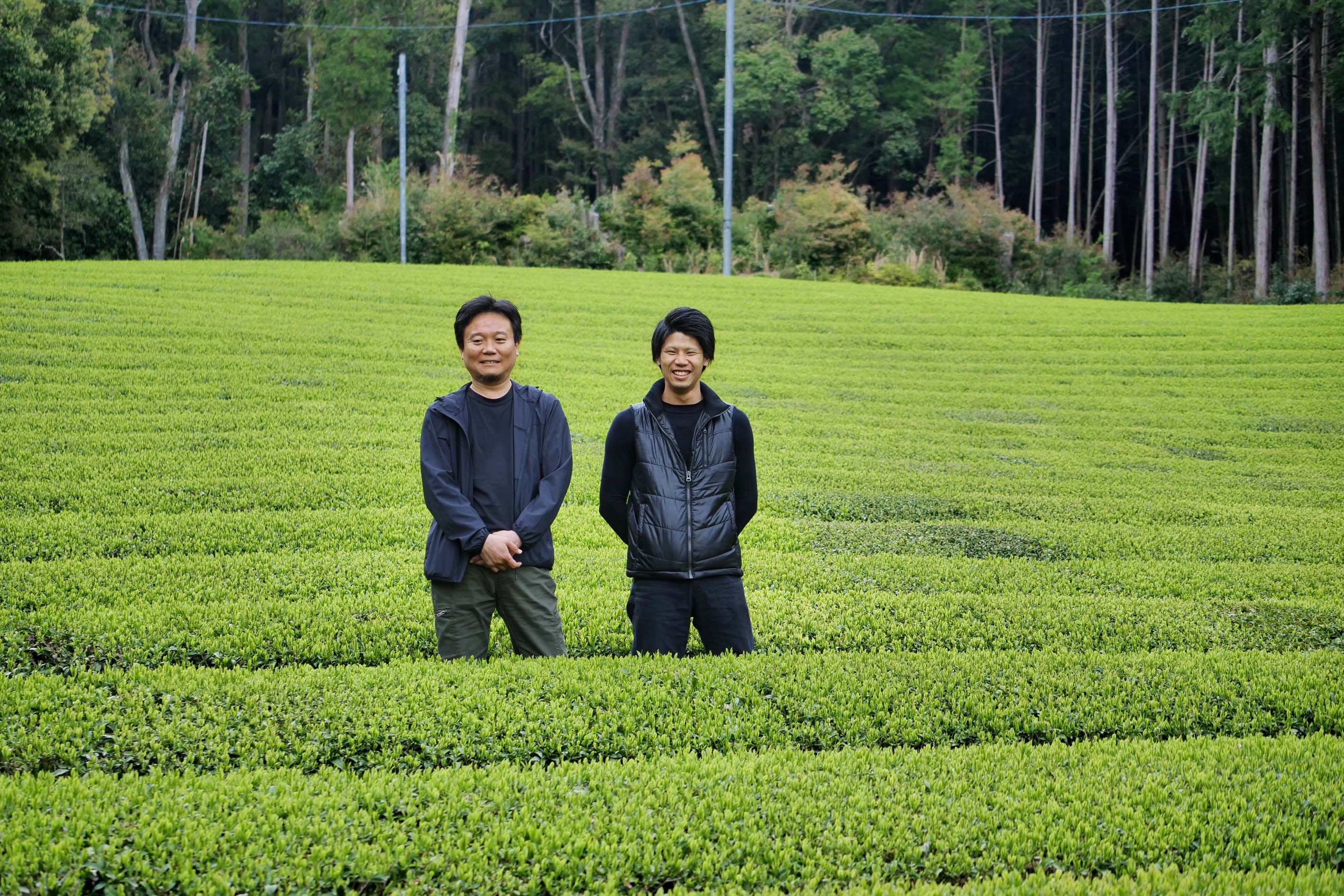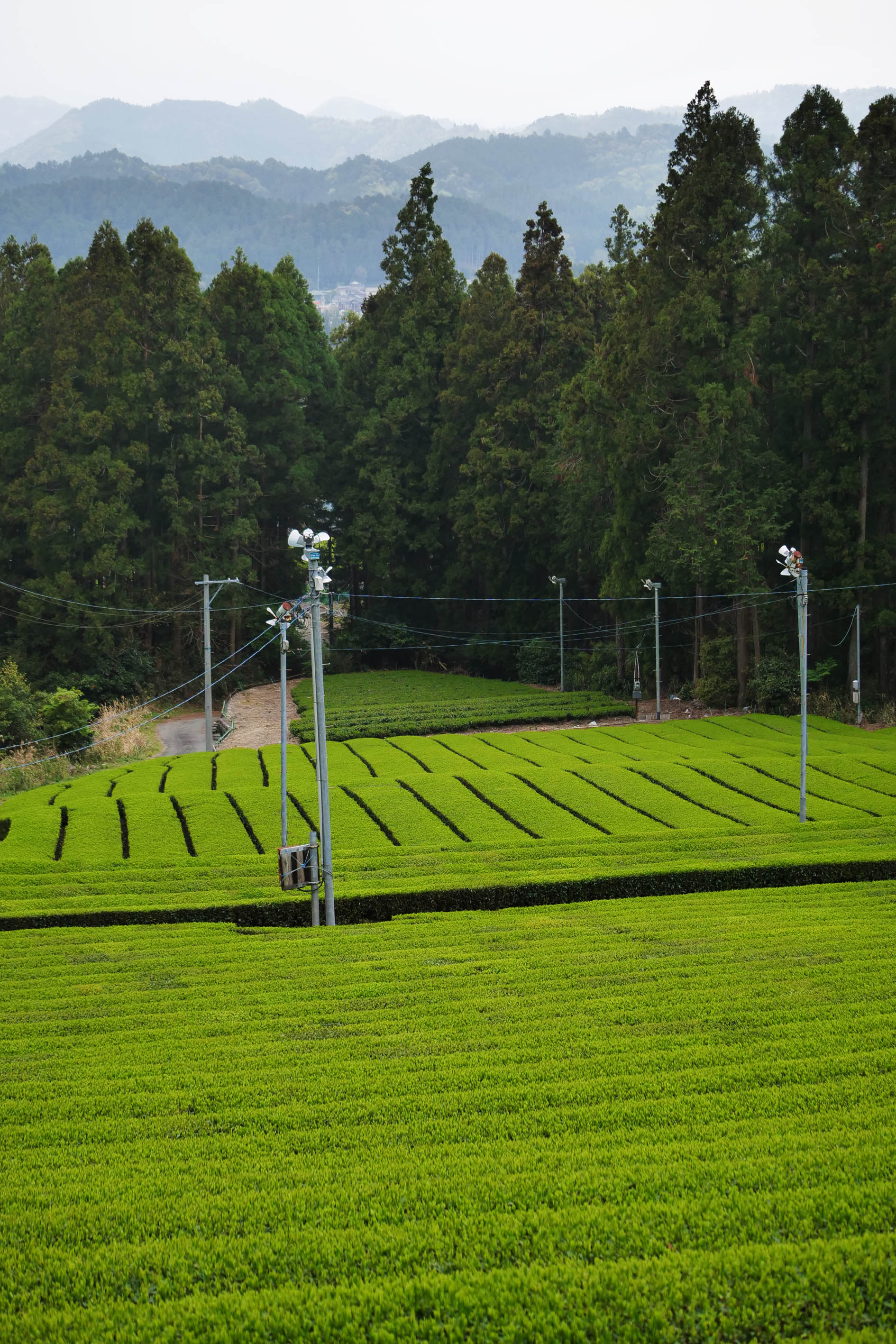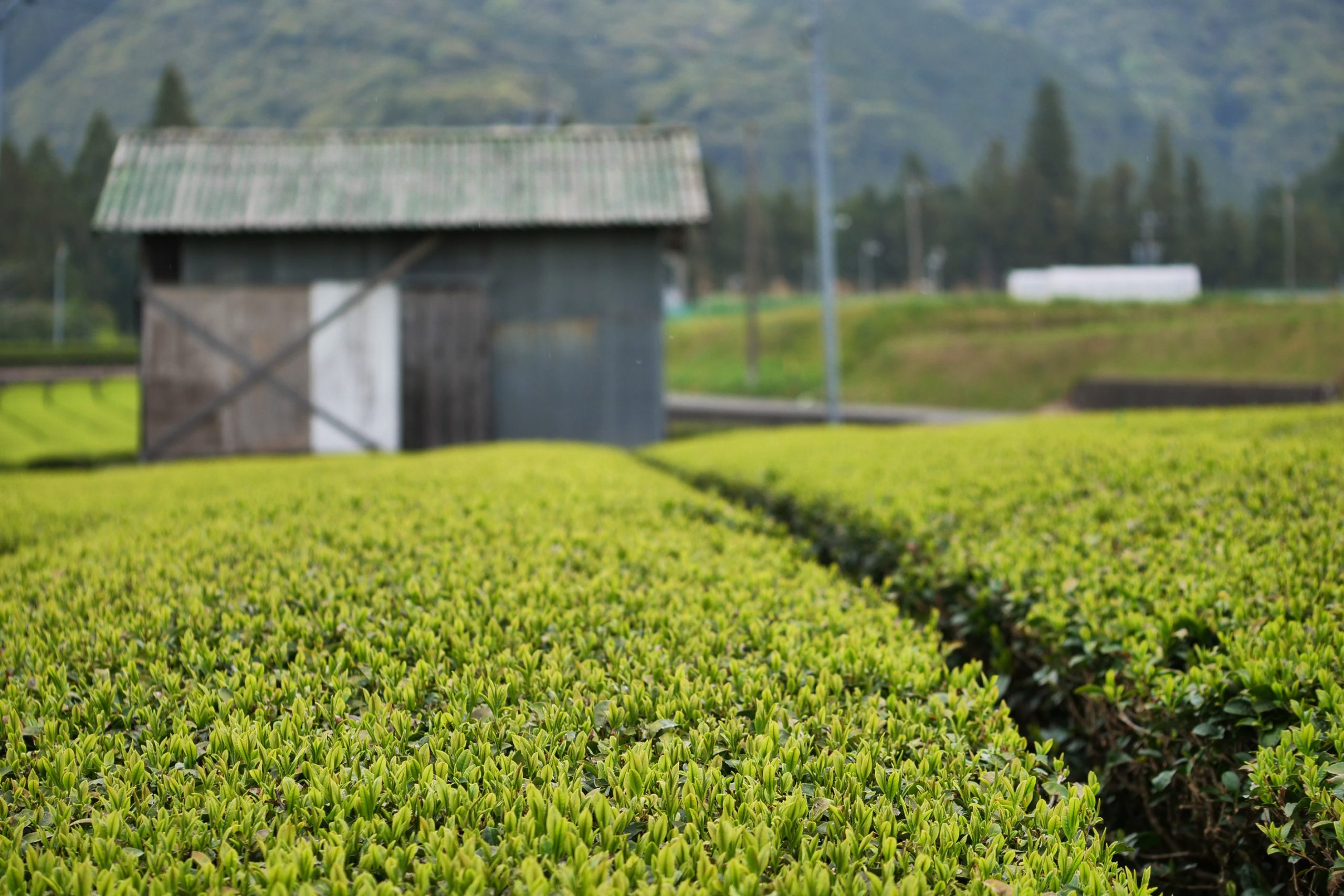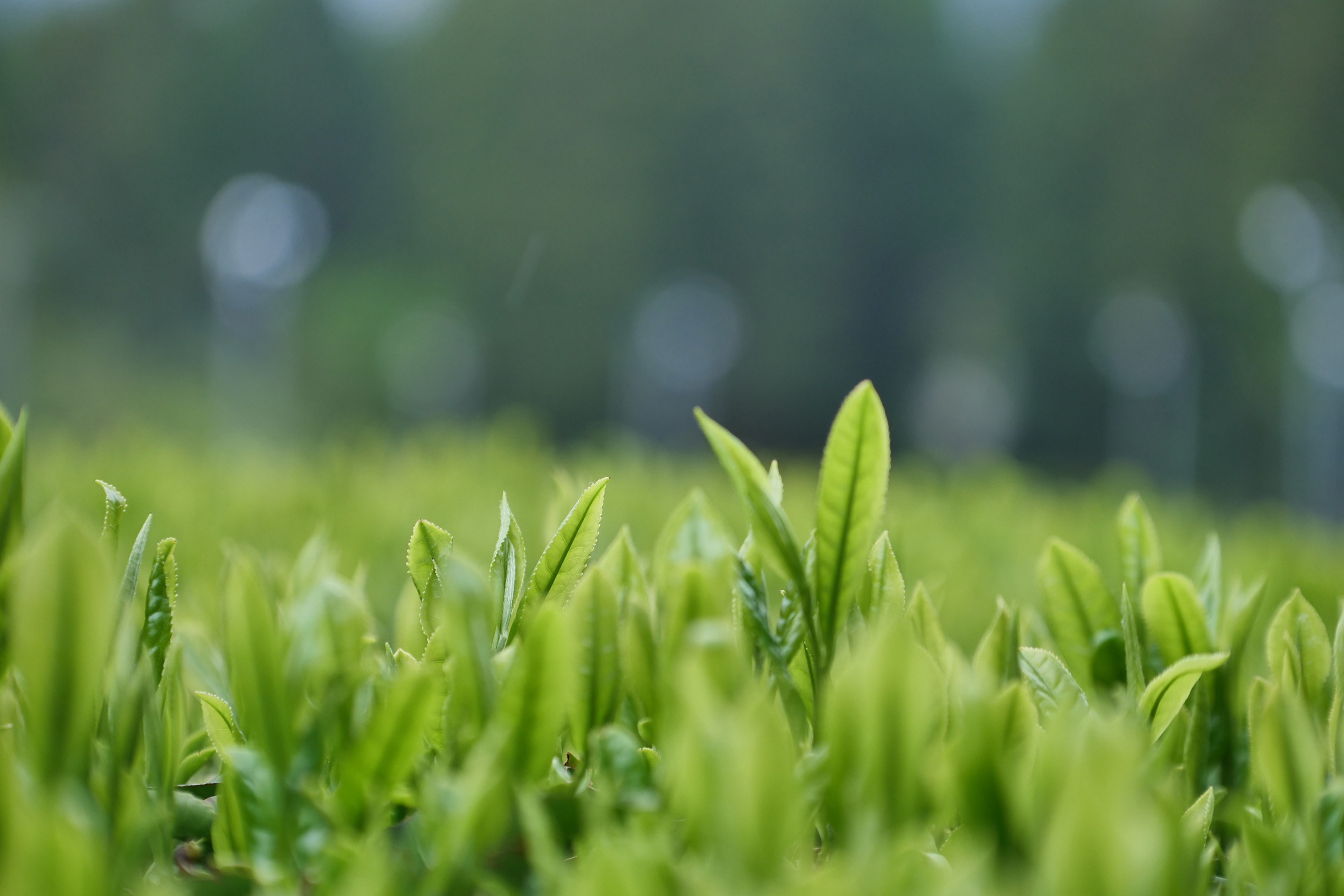Today, our journey leads us to Mie Prefecture, to the tea garden of Iwao and Kimihiko Hayashi. We have known the two for more than 10 years now. Their teas have been in our assortment since the very beginning. It was Iwao Hayashi, who asked us in 2006, whether we wanted to sell his teas in Europe. He convinced us with the great taste of his teas.

Today, Kimihiko and his nephew Shuhei come to pick us up from the train station. On the way to the tea garden, we tell them about the European tea lovers’ positive reactions to the new Fukamushi Kabusecha Yamanoka, which Kimihiko produced last year, for the first time and especially for MARIMO. Of course, we are eager to know when the shading (Kabuse) of the Sayama Kaori starts this year, because this is the tea variety for the Yamanoka tea. The Sayama Kaori variety starts sprouting relatively late, so Kimihiko plans to start shading around the first of May. The harvest is planned for mid-May. At the moment, it looks like this year’s harvest at the garden of Iwao and Kimihiko Hayashi in Mie will take place rather late. Kimihiko estimates the first day of harvest to be between fifth and seventh of May. This year, in February it was especially cold and after that warm and cold days alternated, so the new sprouts of the tea plants came only slowly. Also, it has not been raining a lot. We also noticed this in Kyoto. The garden „Shosei-En“ also looked quite dry for Japanese conditions. Normally, the gardens are shining with their fresh, lush green.

Kimihiko Hayashi already had a feeling at the beginning of the year, that this year it would not be raining so much, so he applied the organic fertiliser one month earlier than usual. In organic farming, fertiliser mainly consists of plant material, often rice hull and rapeseed pomace, sometimes also natural by-products from organic animal farming. All these substances in the organic fertiliser first need to be decomposed by microorganisms and be broke down into substances which are available for the plant roots. When the soil contains less water because of smaller amount of rain, this decomposing process is significantly slower. To balance this effect, Kimihiko applied the fertiliser earlier, so that later, the nutrients are available to the plants in time during the growth season. In conventional farming it is far more simple. Here one would just apply nitrate as fertiliser, which is available for the plant roots immediately. However, it is also washed out much faster and can lead to the pollution of groundwater. In the long run, organic farming works better than conventional farming, but every single small step takes a bit more effort and the exact timing has to be well thought out.

Together with Kimihiko, we let our thoughts wander around. There are two more very interesting and rare, maybe even singular, tea bush varieties which we would like to introduce to our assortment. Together we think about what kind of tea could me made of them. Probably, there will be a first small test production this year. Be prepared for something exciting to come.

When Iwao enters the room where we talk, luckily we have already finished our plannings, because now we can dedicate all our attention to him. The 82-years-old organic pioneer retired from tea production last year. He is not so steady on his feet anymore, so he only goes to the tea gardens once or twice every week. At the edge of the tea garden at a place called Ayabu, Iwao Hayashi set up a basin with Koi carps, which he visits and feeds regularly. We can sense that it must be hard for him that he cannot participate in the tea garden enterprise anymore as actively as he used to. He keeps us company until the end of our visit and together we drink one tea after the other.
